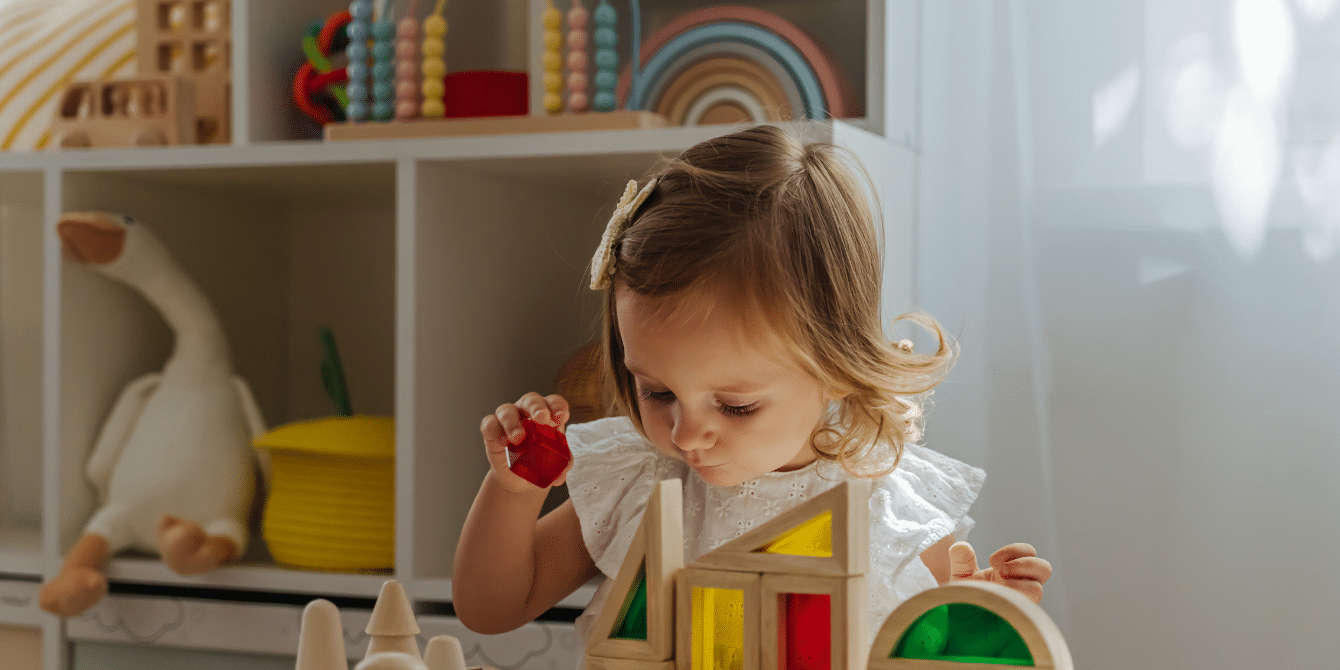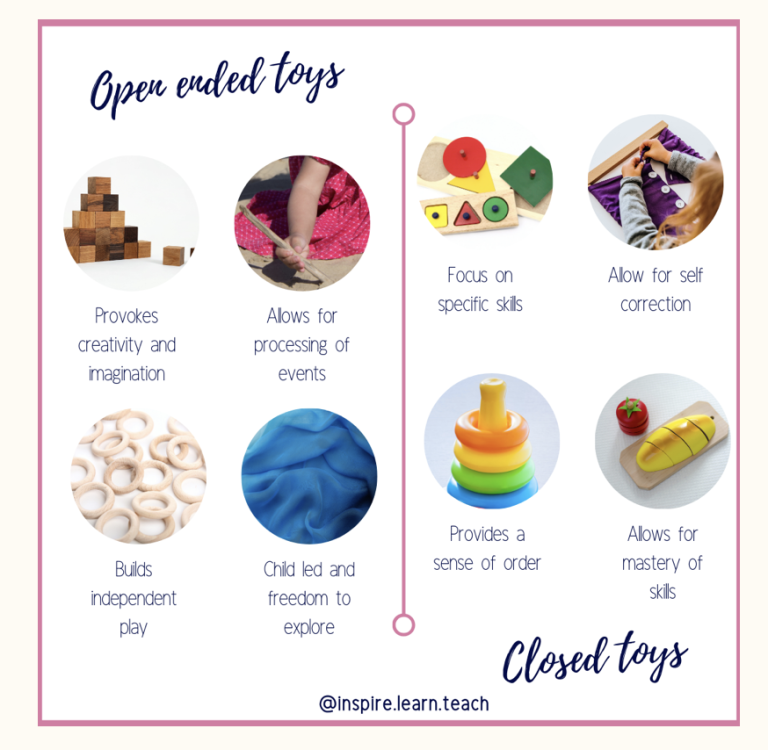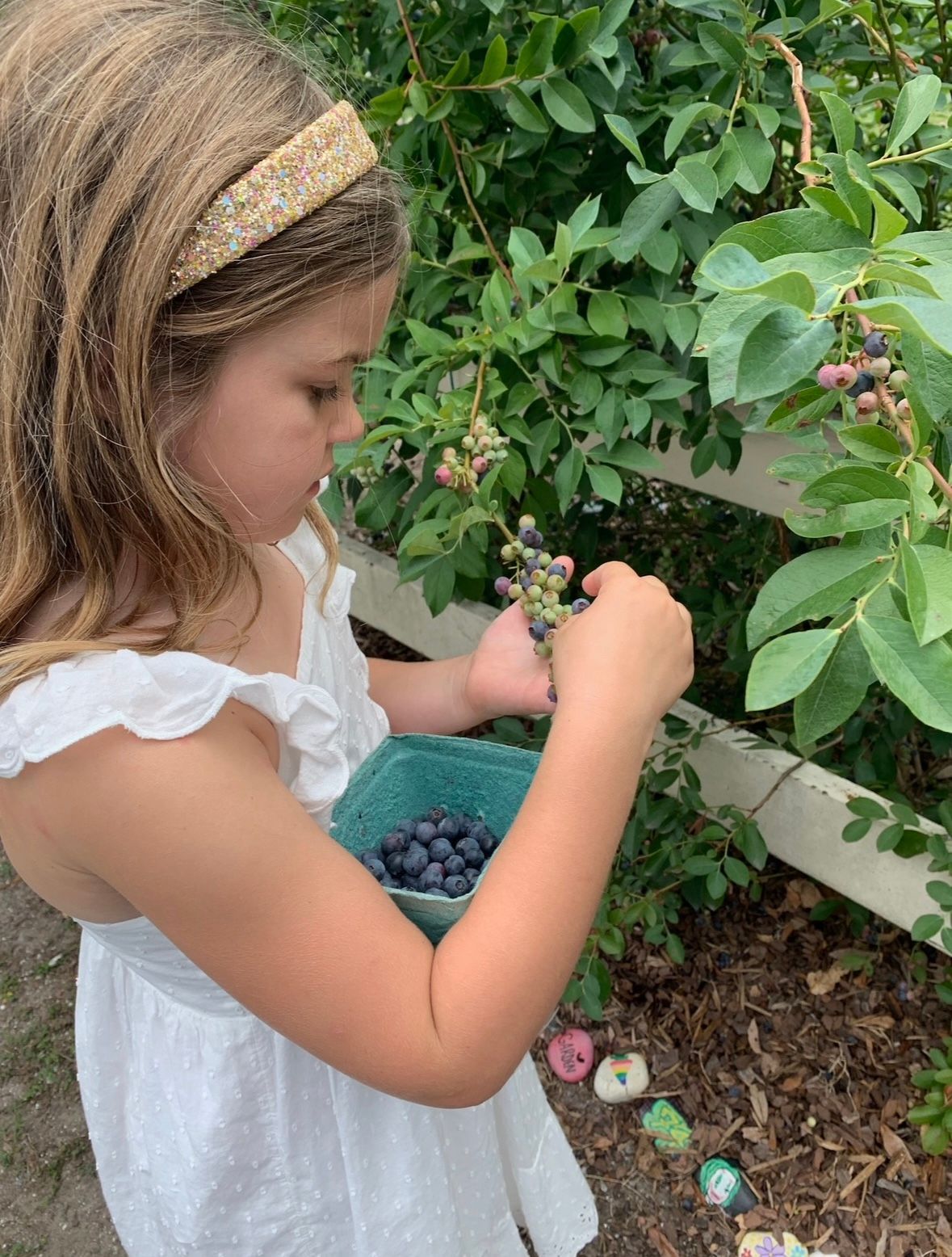Why Fewer Toys Will Benefit Your Child


It can be easy to buy into the marketing hype that our children need more stuff to stay busy during playtime. But when it comes to toys, scientific research is finding that less is so much more.
While play is fundamental to child development, research shows the fewer toys children have, the more they actually play. Ironically, by providing fewer toys, we provide more time for play. Less complex and less stimulating toys – not to mention fewer toys in general – are in the best interests of children’s growth and development.
7 reasons fewer toys are better for children:
1. Fewer toys encourages more creative and imaginative play
When children have fewer toys, they’re often prompted to use their imagination more. They learn to create new games and narratives with the toys they have, fostering creativity. This promotes more open-ended play where they can transform everyday objects into various imaginative scenarios. Too many toys often distract children and prevent them from developing these important creativity skills. When children are confronted by too many toys, they spend more time exploring and less time playing. Ironically, it seems that by providing fewer toys, we provide more time for play.
This German Study is a wonderful example of the natural ability of kids to be creative and resourceful in their play. In the study, a kindergarten class agreed to remove all the toys from their classroom. Boredom, which can actually be
incredibly beneficial, initially set in but children soon began to use their basic surroundings to invent games and use their gift of imagination in their playing. Even with absolutely no toys!
2. Children become more resourceful and innovative
Providing your child with open ended toys that aren’t limited to a single age group or style of play creates an environment where innovation can flourish. The result?
Children develop their divergent thinking and flexible problem-solving approaches. Children learn to repurpose items and explore different ways to play with what they have. This sets the stage for a lifelong creative thinker who has learned to view problems and experiences from different perspectives to find better solutions.
3. Fewer toys encourage deeper, more focused play
With fewer distractions, children tend to engage more deeply with their toys. They explore various ways to play with them and sustain attention for longer periods. With fewer toys, children are inspired to prolong their play in inventive ways. They become engrossed in their explorations, naturally focusing and concentrating on the task. However, too many toys can be distracting. It’s hard for a child to fully appreciate the toy in front of them when there are countless options all around.
4. Children learn perseverance
Children who have too many toys can give up too quickly. If they have a toy that they can’t figure out, it will quickly be discarded for the sake of a different, easier one. Children with fewer toys learn perseverance, patience, and determination because this type of play develops from the children’s own ideas and is therefore authentic and meaningful to the child.
5. Children argue with each other less
This may seem counter-intuitive. Many parents believe that more toys will result in less fighting because there are more options available. However, the opposite is true far too often. Siblings argue about toys. And every time we introduce a new toy into the relationship, we give them another reason to establish their “territory” among the others. On the other hand, siblings with fewer toys are forced to share, collaborate, and work together.
6. Fewer toys encourage different types of play
Children who do not have a playroom stocked full of toys are more apt to play outside and develop a deep appreciation for nature. Fewer toys encourage children to use their imaginations to make up games to play and scenarios to act out. They are also more likely to be involved in physical exercise which results in healthier and happier bodies.
7. Fewer toys create a calmer, less chaotic home
If the site of a messy living room sends you into an anxiety tailspin, you’re not alone.
Research has confirmed that prolonged clutter triggers a release of cortisol in our brains, resulting in stressed out mamas everywhere. And all that stress has a tangential effect on our children. But by decluttering our homes from excessive toys and replacing them with fewer, well-made options, we encourage more peaceful play (and bedtimes…and meal times…and all times) all around.
“As you decrease the quantity of your child’s toys and clutter, you increase their attention and their capacity for deep play.”
Dr. Peter Gray, Boston College professor & author
So what types of toys offer the best benefits?
If children have fewer toys we want to make sure that the toys they do have provide the greatest play value. When assessing a toy, be mindful that the play is in the child, not in the toy. If a toy lights up or makes noises and all the child needs to do is press a button, that toy holds very little play value. These types of toys provide an immediate dopamine rush but are short-lived. On the flip side, toys like wooden blocks, magna-tiles or silk scarves don’t dictate the play to the child– they hold greater play value as the child is free to use their imagination for endless play possibilities.
Another way to choose toys is to determine if they are open or closed toys. Closed toys are generally defined as those that serve one purpose. They have an age span in that once they’re completed, they’re done. They have a clear set of directions how the toy is to be used. On the other hand, open-ended toys can be used for many different purposes by children of all ages. They have no set rules or directions. They can be used by any age and any developmental ability. For example, blocks can be used to build a castle, a bridge or for counting, sorting or balancing. Open toys ignite a child’s imagination and can be played with over and over agin in new ways. Having said that, some closed toys can also be wonderful – like puzzles and shape sorters that allow children to practice certain skills. Take an inventory of your current toy collection- it is heavier on closed or open toys? We suggest beginning by aiming for an even balance of open and closed toys and work toward a collection that is more open-ended over time.

Fewer toys gives your child the space and freedom for an incredible childhood
Simplifying and minimizing the toys doesn’t mean getting rid of all the toys. It simply means becoming intentional and selective with toys so you and your family can play, learn, grow and connect without all the clutter and distractions.
Reducing the number of toys isn’t about being restrictive or “mean.” In fact, it’s the opposite! It’s giving your children a gift by giving them space and freedom to have an amazing, creative, imaginative, fun childhood! Kids are naturals at exploring, discovering, playing and learning. Removing the clutter, excess and distractions gives them the time, space and freedom to do what comes naturally to them! Keep in mind that gifting experiences can also create wonderful family memories while creating both anticipation and excitement for the event. Some ideas for a fun gifted experience might include a membership to our local Sandbox children’s museum, a Savannah Bananas baseball game, Art Cafe painting, a Hewitt Oaks children’s cooking class, a kayak rental, Adventure Hilton Head go karting or zip line, Ghost Pirates hockey game, a Hilton Head Pottery class or a dolphin cruise.
If you’re hesitant about having fewer toys, here’s a way to ease into it. Try boxing up some of your toys and putting them out of sight for a while, at least a couple of weeks or a month. It’s not a permanent change but it’s a great opportunity to see how having fewer toys changes the way your children play and how your home functions. You might also try rotating toys in and out of the collection, periodically introducing new ones while keeping the overall number limited. The goal isn’t to have extremely few toys but to curate a collection that encourages exploration, creativity, and meaningful play without overwhelming children and your household!
Let’s simplify together
The great irony is that, as a modern parent, it feels as though it is more difficult to have fewer toys in our homes than more. Having fewer toys, just as reducing our children’s schedules, screen time or simplifying their lives, takes an intentional approach in our “more must be better” society. It’s hard to swim against the tide of the mainstream but the juice sure is worth the squeeze.
Do you have questions or are you interested in learning more about our school and programs?
Office@MayRiverMontessori.com
MayRiverMontessori.com
843-757-2312





